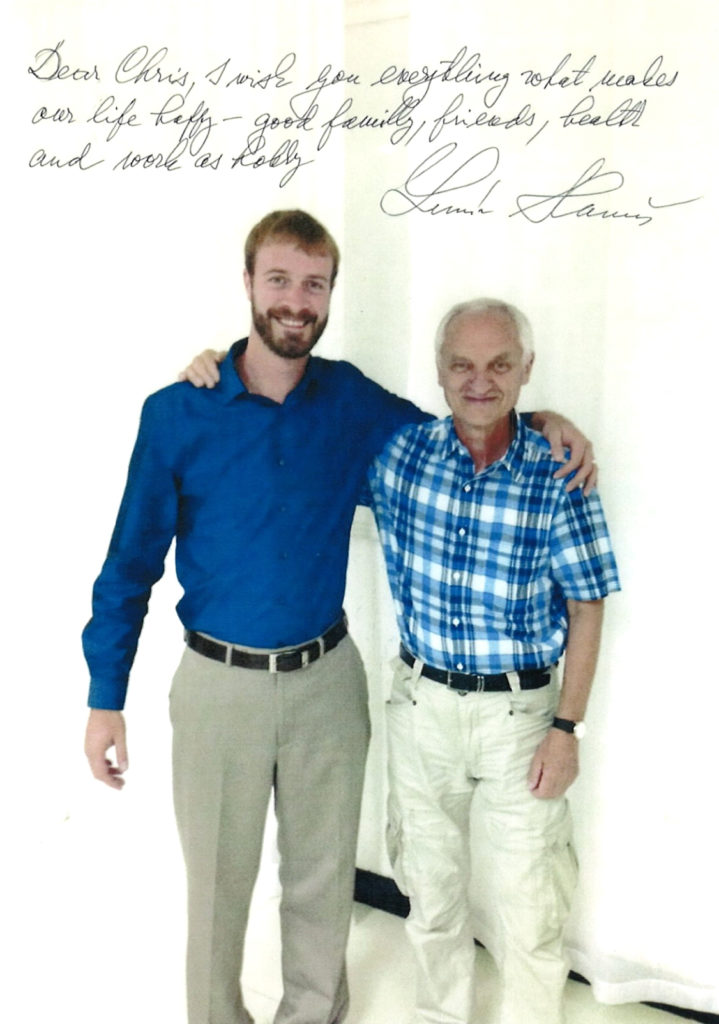by Christopher Stubbs
Have you ever experienced a sense of delight during prolonged exercise? This feeling is described as the runner’s high. Scientists have long sought to understand the reasons behind this phenomenon and what utility it may have played throughout our evolutionary history. Previously, the runner’s high was attributed to the production of endorphins, our natural pain killers, during exercise.
However, a recent study confirms that the runner’s high is not an endorphin-related experience, but rather one that is related to our endocannabinoid system (ECS). The study also describes the similarities between distance runners like humans and dogs having high levels of ECS system activation versus other non-distance running mammals (like ferrets!) that do not.
 The endocannabinoid system has been one of the most studied mammalian physiological systems during the last few decades. Lumír Hanuš and his colleagues published their discovery of the endocannabinoid anandamide in 1992. Anandamide, our principal cannabinoid, was aptly named and is Sanskrit for “bliss” or “joy.”
The endocannabinoid system has been one of the most studied mammalian physiological systems during the last few decades. Lumír Hanuš and his colleagues published their discovery of the endocannabinoid anandamide in 1992. Anandamide, our principal cannabinoid, was aptly named and is Sanskrit for “bliss” or “joy.”
When I met Lumír Hanuš years ago in Jamaica, we shared a number of experiences regarding the ECS, phytocannabinoids, and methods of ECS activation through exercise, and even non-cannabis botanicals. And that experience lives with me and fuels my curiosity today.
As it turns out, Lumír and I are both fans of hiking in the mountains at accelerated paces as a method of ECS activation!
Check out the New York Times article and the links below and explore your ECS for yourself!



